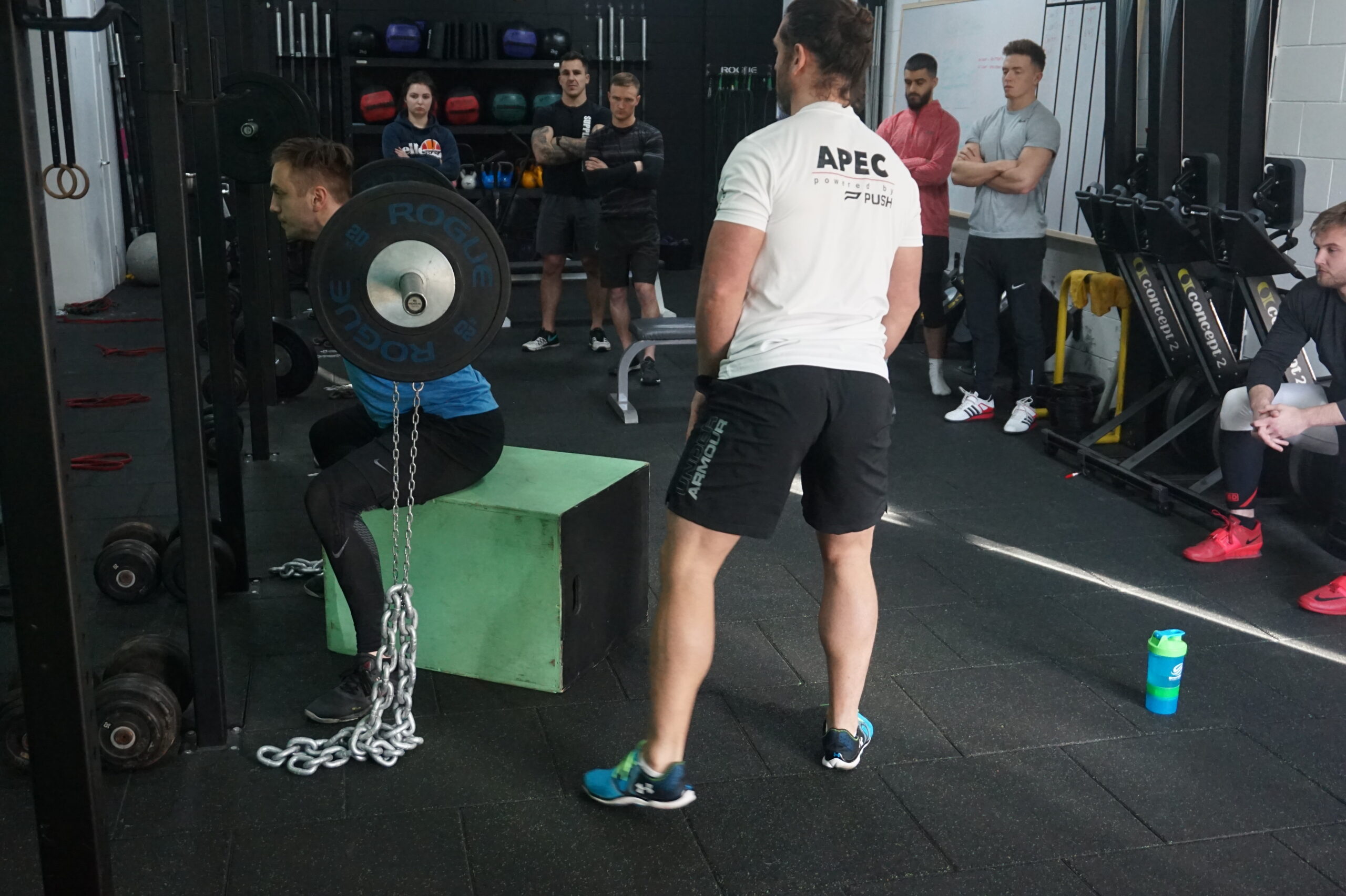- Blog
Cluster Training for Strength and Hypertrophy Development: Maximizing Gains through Intelligent Programming
Strength and hypertrophy development are two primary goals for individuals engaged in resistance training. Traditional training programs often involve performing a fixed number of repetitions with a specific load before resting. However, there is a growing body of evidence suggesting that alternative training methods, such as cluster training, can be highly effective in achieving substantial gains in both strength and muscle size. In this article, we will delve into the concept of cluster training and explore how it can be utilized to optimize training outcomes.

What Is Cluster Training?
Cluster training is a training technique that involves dividing a set into smaller, manageable reps (clusters) with short rest intervals between each cluster. Instead of performing a continuous set of repetitions, the individual performs a smaller number of repetitions, takes a brief rest, and then repeats this process until the total desired number of repetitions is completed. The rest period between each cluster allows for partial recovery, which helps to maintain the quality of each repetition.
Training Level
The training age of the individual performing this training system should be intermediate to advance due to the high training volume.
Novice
Intermediate
Advanced
Programming Examples
Example 1: Squat Strength Development
Set | Cluster 1 | Cluster 2 | Cluster 3 |
Set 1 | 2 reps - rest 10-15 sec | 2 reps - rest 10-15 sec | 2 reps - rest 10-15 sec |
Set 2 | 2 reps - rest 10-15 sec | 2 reps - rest 10-15 sec | 2 reps - rest 10-15 sec |
Set 3 | 2 reps - rest 10-15 sec | 2 reps - rest 10-15 sec | 2 reps - rest 10-15 sec |
Example 2: Bench Press Hypertrophy
Set | Cluster 1 | Cluster 2 | Cluster 3 |
Set 1 | 4 reps - rest 10-15 sec | 4 reps - rest 10-15 sec | 4 reps - rest 10-15 sec |
Set 2 | 4 reps - rest 10-15 sec | 4 reps - rest 10-15 sec | 4 reps - rest 10-15 sec |
Set 3 | 4 reps - rest 10-15 sec | 54 reps - rest 10-15 sec | 4 reps - rest 10-15 sec |
The Benefits of Cluster Training
Increased Training Volume: By incorporating cluster training into your routine, you can perform a higher overall volume of work. The rest intervals between clusters prevent excessive fatigue, allowing you to accumulate more repetitions with a given load. This increased volume stimulates muscle growth and enhances strength development.
Enhanced Strength Gains: Cluster training can lead to significant improvements in strength due to the higher loads that can be used. With the partial recovery between clusters, fatigue is minimized, enabling individuals to lift heavier weights compared to traditional straight sets. The ability to handle higher loads stimulates the neuromuscular system and promotes strength adaptations.
Efficient Muscle Fiber Activation: Cluster training can effectively recruit a larger number of muscle fibers during each set. By allowing partial recovery, the fatigue accumulated during a continuous set is mitigated, enabling a higher quality of work during subsequent clusters. This ensures that each repetition is performed with maximal effort, leading to greater muscle fiber recruitment and activation.
Time-Efficient Training: Despite the inclusion of rest intervals, cluster training can be time-efficient. By reducing the fatigue accumulated during a continuous set, you can maintain a higher level of performance throughout the entire workout. This allows for greater productivity in a shorter period, making cluster training a suitable option for individuals with limited time to train.
Training Recommendations
Implementing Cluster Training – When incorporating cluster training into your program, several factors should be considered:
Load Selection: The load used during cluster training should be challenging but manageable. Aim for a weight that allows you to complete each cluster with proper form and maximal effort. Adjust the load based on your training goals, whether it’s strength-focused (heavier loads) or hypertrophy-focused (moderate to heavy loads).
Repetitions and Clusters: Determine the total number of repetitions you wish to perform for a specific exercise and divide them into smaller clusters. For example, if your target is 20 repetitions, you may choose to perform four clusters of five repetitions each. Experiment with different cluster sizes and rest intervals to find what works best for you.
Rest Intervals: The rest intervals between clusters should be relatively short, typically ranging from 10 to 30 seconds. This duration allows for partial recovery without allowing complete restoration of fatigue. Adjust the rest intervals based on the exercise, load, and individual recovery capacity.
Exercise Selection: Cluster training can be applied to a wide range of exercises, including compound movements like squats, deadlifts, bench presses, and isolation exercises such as bicep curls or lateral raises. However, due to the nature of cluster training, it is more suitable for exercises that do not require a spotter and can be performed safely without compromising form.
Progressive Overload: As with any training method, progressive overload is crucial for continued progress. Gradually increase the load or the number of repetitions over time to challenge your muscles and promote ongoing adaptation.
Conclusion Cluster training provides a unique approach to strength and hypertrophy development, allowing for increased training volume, enhanced strength gains, efficient muscle fiber activation, and time-efficient workouts. By intelligently incorporating cluster training into your program and considering factors such as load selection, repetitions and clusters, rest intervals, exercise selection, and progressive overload, you can maximize your gains and take your training to new heights. Remember to listen to your body, monitor your progress, and consult with a qualified fitness professional if you have any concerns or specific training needs.
.
If you would like to further educate yourself on different training systems and methods check out the following education courses